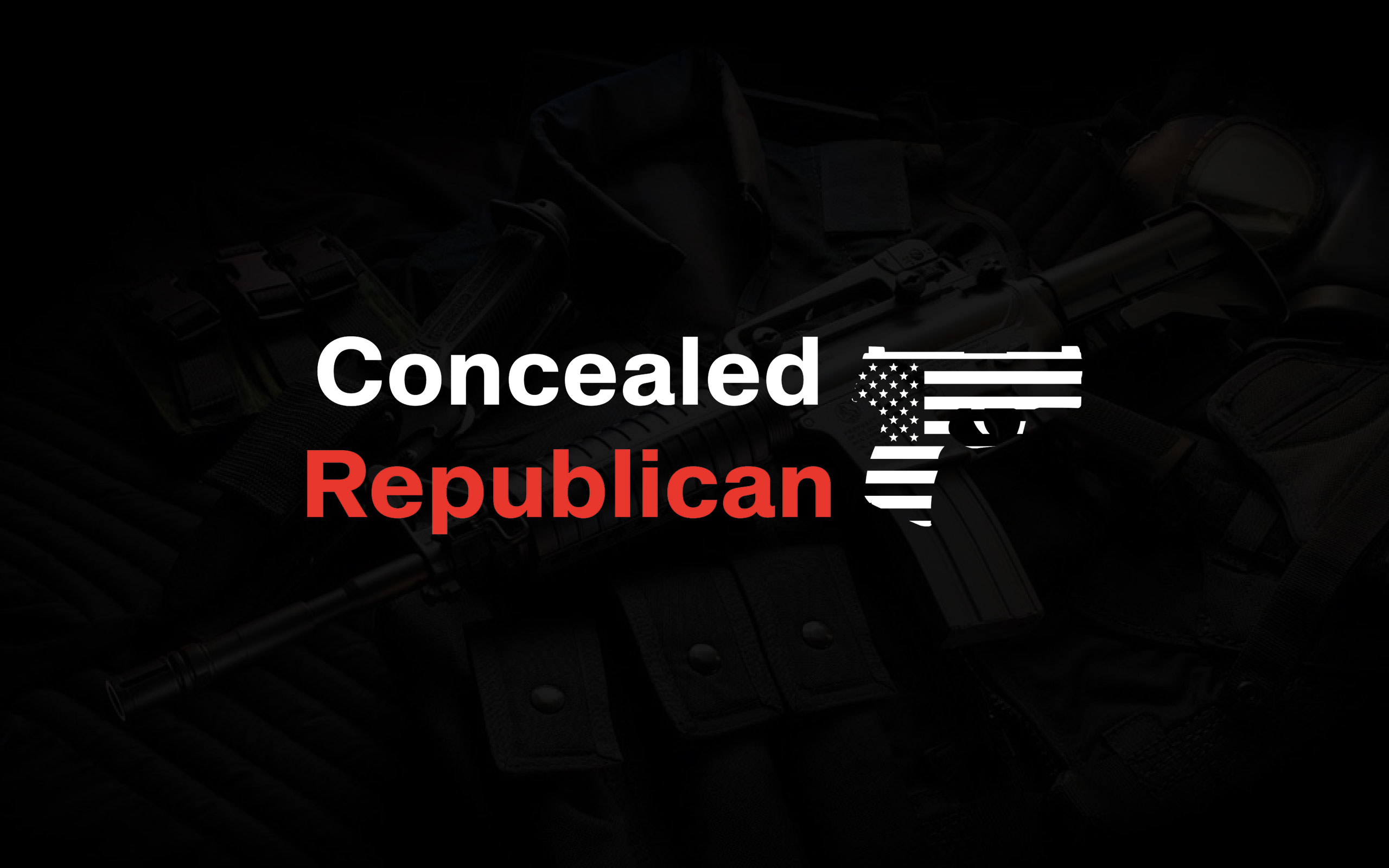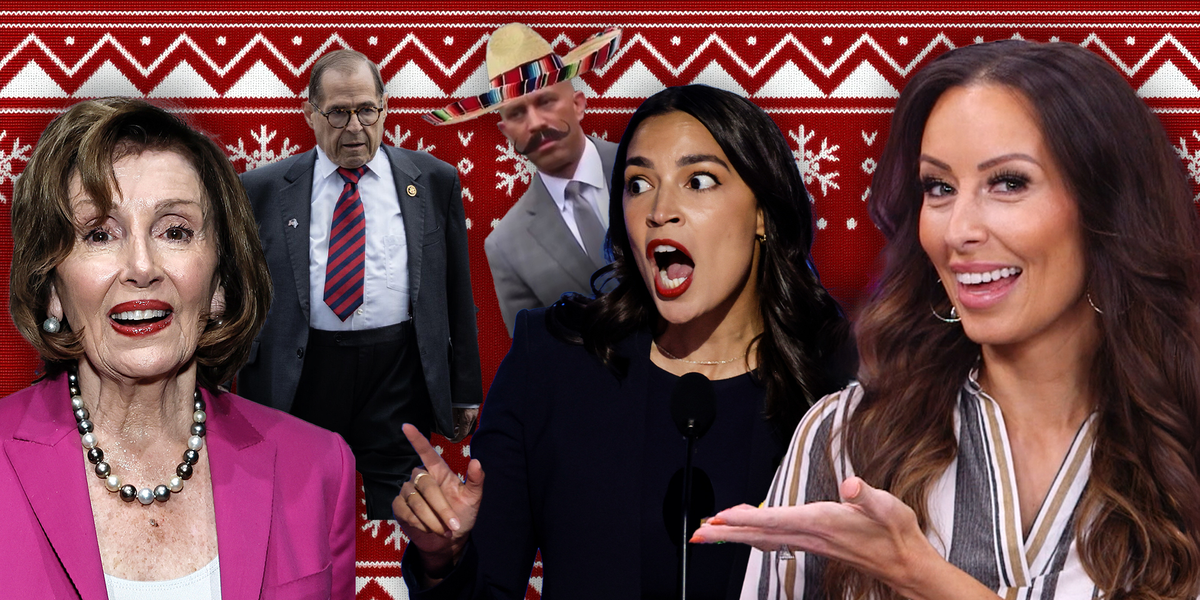The 42-day federal government shutdown has renewed scrutiny of the Affordable Care Act’s economics and revealed how heavily the nation’s largest health insurance companies depend on taxpayer-funded subsidies.
The dispute has also highlighted the growing alignment between major insurers and Democratic politicians, who have pushed to preserve the pandemic-era expansion of Obamacare funding.
Federal estimates show that insurance industry subsidies reached $1.8 trillion in 2023, an amount that has fueled record profits for health insurance companies since the Affordable Care Act (ACA) took effect.
A review of public financial filings by Just the News found that net earnings for the four largest health insurers—UnitedHealth Group, Elevance, Centene, and Cigna—have grown approximately 216% from 2010 to 2024.
The profits have also driven major gains in stock performance.
According to the Paragon Health Institute, the weighted average of health insurance stock prices has risen 1,032% since 2010 and 448% since 2013, compared to the S&P 500’s gains of 251% and 139% in the same periods.
This Could Be the Most Important Video Gun Owners Watch All Year
President Donald Trump criticized the system on Sunday, calling Obamacare a “scam” that benefits the health insurance industry at taxpayers’ expense.
“Democrats claim to be working for ‘the little guy,’ and driving down your Health Insurance, but the OBAMACARE SCAM goes STRAIGHT TO THEIR BEST FRIENDS IN THE INSURANCE INDUSTRY. THEY ARE MAKING A ‘KILLING,’ while Health Coverage only gets WORSE,” Trump wrote on Truth Social.
“If Democrats get their way again, they’re in for another HUGE Payday at the expense of the American People. NO DEAL! Republicans should give money DIRECTLY to your personal HEALTH SAVINGS ACCOUNTS that I expanded in our GREAT BIG BEAUTIFUL BILL,” Trump added.
Political contribution data shows the deepening financial relationship between insurers and Democratic candidates.
Records from OpenSecrets indicate that individuals linked to UnitedHealth Group donated $742,271 to Kamala Harris during the 2024 election cycle, compared to $158,000 to Trump’s campaign.
Contributors associated with Centene gave $225,622 to Harris and $22,804 to Trump, while Cigna-linked donors provided $265,518 to Harris and $99,930 to Trump.
Elevance made no recorded federal contributions during the cycle.
Company executives have acknowledged their reliance on federal subsidies to maintain profitability. UnitedHealth Group CEO Tim Noel told investors on Oct. 28 that if “sustainable” premium rates could not be reached, the company would exit certain markets, which he estimated could cause two-thirds of its Obamacare enrollees to lose coverage.
“Where we are unable to reach agreement on sustainable rates, we are enacting targeted service area reductions,” Noel said.
“We believe these actions will establish a sustainable premium base — while likely reducing our ACA enrollment by approximately two-thirds.”
Elevance, headquartered in Indianapolis, reduced its 2025 earnings forecast in July, citing rising costs in government-backed programs including the ACA and Medicare Advantage.
Centene also withdrew its investor guidance, warning of financial challenges ahead. All four companies declined to comment when contacted by Just the News.
Rep. Mariannette Miller-Meeks, R-Iowa, told Just the News, No Noise that the subsidy system amounts to “corporate welfare.”
“It is a form of corruption, it is a form of corporate welfare to very profitable insurance companies, and it has to stop,” she said.
“It may make it more affordable for one person, but it doesn’t have any incentive for the insurance companies to bring down health care costs. So all you’re doing is continuing ratcheting up premiums, because the insurance companies are getting directly subsidized by the taxpayers.”
IS OBAMACARE A FORM OF CORPORATE WELFARE?
“100%…These enhanced premium tax credits were put in place in 2021 by President Biden to mask the fact that premiums were going up for individuals who weren’t already on the Unaffordable Care Act…premium tax credits, so that group was… pic.twitter.com/aXefVGX9jf
— Real America’s Voice (RAV) (@RealAmVoice) November 10, 2025
Recent studies also suggest that much of the taxpayer funding is going to insurance plans that are never used.
Data from the Paragon Health Institute show that about 12 million people — roughly 35% of those enrolled in Obamacare — have filed no insurance claims, meaning the plans translate into direct profit for insurers.
Rep. Dusty Johnson, R-S.D., said on the John Solomon Reports podcast that the layered subsidies created during the pandemic are distorting the system.
“This is about the COVID-era tax credits that layer on top of that, and the tax credits don’t go to Americans, they go directly to insurance companies,” Johnson said.
“40% of these policies have never had a single claim applied to them. It’s amazing […] It shows that these are phantom policies, people aren’t using them, they aren’t making Americans healthier. Instead, they are just checks written to the insurance companies.”
Up to 40% of Obamacare enrollees never file a claim. That’s billions in taxpayer dollars flowing to insurance companies for people who don’t even use the system.
Republicans are committed to ending the fraud and making healthcare truly affordable. pic.twitter.com/fa2jiZ0jCx
— Dr. Roger Marshall (@RogerMarshallMD) November 10, 2025
Paragon researchers Niklas Kleinworth, Liam Sigaud, and John Graham described this “phantom enrollment” as a costly consequence of government over-subsidization.
Their report concluded that the expanded subsidies, introduced under Joe Biden as a pandemic relief measure, have driven “perverse incentives” in which insurers collect billions for policies that provide little or no benefit to the public.
Ghostbusting ACA Fraud RELEASE V2Ghostbusting ACA Fraud Millions Who Don’t Use Their Health Insurance Expos… by Red Voice News
With the government shutdown bringing attention back to spending reform, the fate of these subsidies remains a key point of contention as lawmakers debate how to rein in costs while preventing further disruptions in coverage.
Read the full article here


![Democrats’ Dirty Obamacare Secrets Exposed [WATCH] Democrats’ Dirty Obamacare Secrets Exposed [WATCH]](https://www.lifezette.com/wp-content/uploads/2025/11/2025.11.11-01.41-lifezette-69133d1daa375.jpg)




![Newsom’s AI Handcuff Stunt Backfires as Internet Absolutely Obliterates Him [WATCH] Newsom’s AI Handcuff Stunt Backfires as Internet Absolutely Obliterates Him [WATCH]](https://www.rvmnews.com/wp-content/uploads/2024/09/2024.09.23-06.35-rvmnews-66f1b4e5ab2aa.jpg)




![Fraudulent Obamacare Applications Were Approved Almost Every Time: Speaker Johnson [WATCH] Fraudulent Obamacare Applications Were Approved Almost Every Time: Speaker Johnson [WATCH]](https://www.lifezette.com/wp-content/uploads/2025/08/2025.08.15-08.27-lifezette-689eef8dbe1b6.jpg)